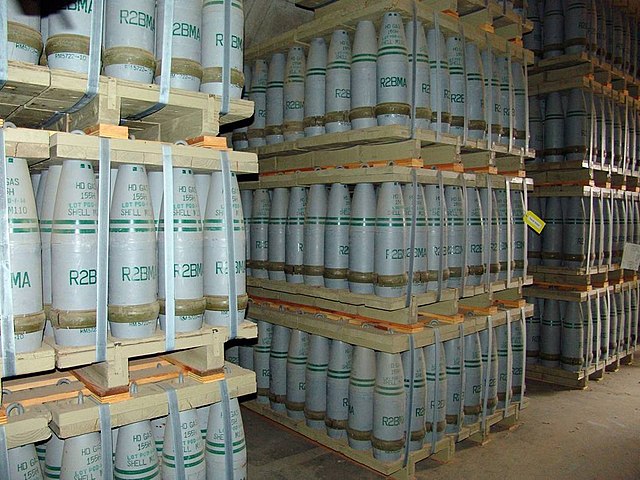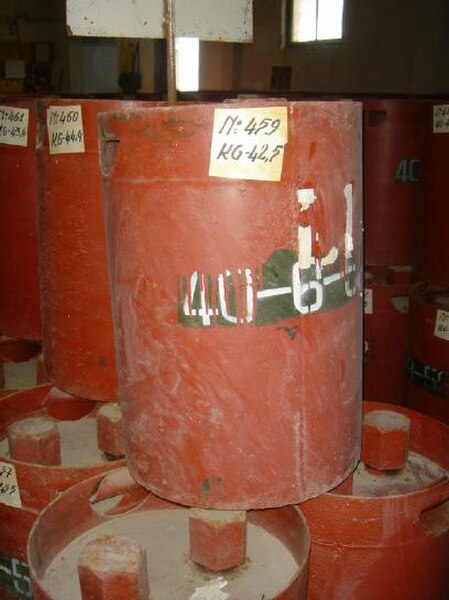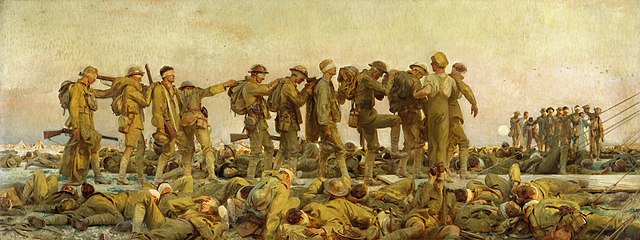Mustard gas or sulfur mustard is any of the several chemical compounds that contain the chemical structure S(CH2CH2Cl)2. In the wider sense, compounds with the substituent S(CH2CH2X)2 and N(CH2CH2X)3 are known as sulfur mustards and nitrogen mustards, respectively, where X = Cl or Br. Such compounds are potent alkylating agents, which can interfere with several biological processes. Also known as mustard agents, this family of compounds are infamous cytotoxins and blister agents with a long history of use as chemical weapons. The name mustard gas is technically incorrect: the substances, when dispersed, are often not gases but a fine mist of liquid droplets. Sulfur mustards are viscous liquids at room temperature and have an odor resembling mustard plants, garlic, or horseradish, hence the name. When pure, they are colorless, but when used in impure forms, such as in warfare, they are usually yellow-brown. Mustard gases form blisters on exposed skin and in the lungs, often resulting in prolonged illness ending in death. The typical mustard gas is the organosulfur compound bis(2-chloroethyl) sulfide.

Soldier with moderate mustard agent burns sustained during World War I showing characteristic bullae on the neck, armpit, and hands
Typical appearance of bullae on an arm caused by vesicant burns
Lewisite (top row) and mustard gas (bottom row) test with concentrations from 0.01% to 0.06%
Pallets of 155 mm artillery shells containing "HD" (distilled mustard gas agent) at the Pueblo Chemical Depot. The distinctive color-coding scheme on each shell is visible
A chemical weapon (CW) is a specialized munition that uses chemicals formulated to inflict death or harm on humans. According to the Organisation for the Prohibition of Chemical Weapons (OPCW), this can be any chemical compound intended as a weapon "or its precursor that can cause death, injury, temporary incapacitation or sensory irritation through its chemical action. Munitions or other delivery devices designed to deliver chemical weapons, whether filled or unfilled, are also considered weapons themselves."
Pallets of 155 mm artillery shells containing "HD" (mustard gas) at Pueblo Depot Activity (PUDA) chemical weapons storage facility
Image: Soviet chemical weapons canisters from a stockpile in Albania
A British gas bomb that was used during World War I
John Singer Sargent's iconic World War I painting: Gassed, showing blind casualties on a battlefield after a mustard gas attack







